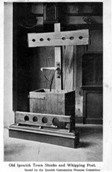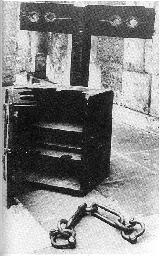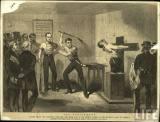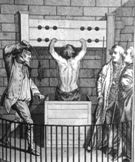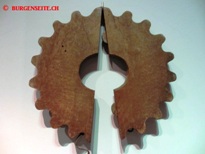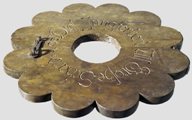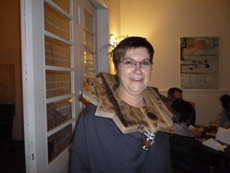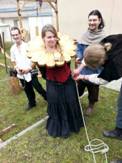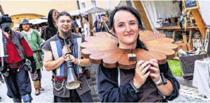
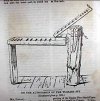
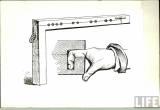


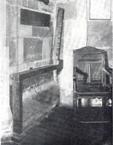
Finger stocks were routinely used in upper class halls to punish the disorderly
during social gatherings, and to discipline servants. A particularly fine example
can be found in Littlecote Hall, Berkshire, England (see illustration). These stocks
are still regularly used on unruly diners during contemporary medieval banquets.
Finger stocks were also used in churches for minor offences, like not paying attention during a sermon. An example still survives in the parish church of Ashby-de-la-Zouch, Leicestershire, England, as shown in the last two pictures below.






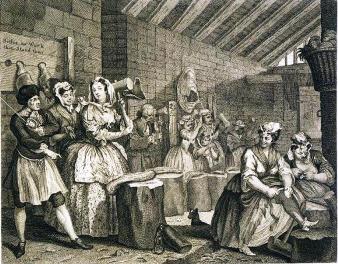

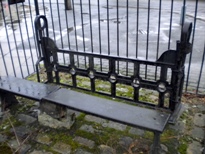
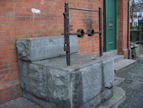

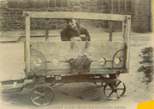
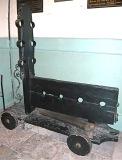
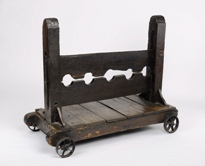
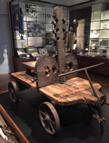
The following pictures show stocks and pillories which were used by the Spanish
Inquisition (first two pictures), Ipswich in Suffolk (third picture), and the others in Newgate prison in London (now in the Museum of London).
You will see that some stocks have more than one set of hand holes, to accommodate male or female wrists.

